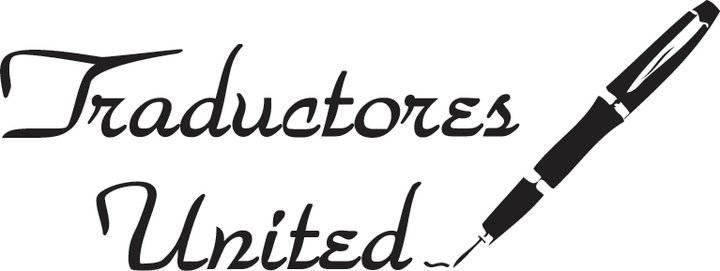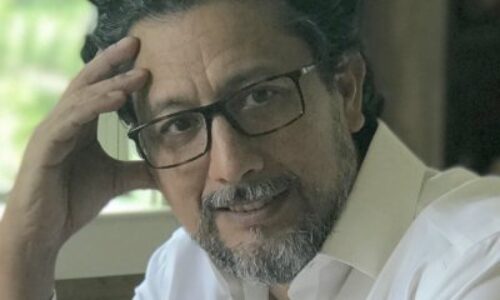

6 June 2021
Light at the end of the tunnel or more tunnel at the end of the light?
After the worst global economic crisis in decades, several international organizations, such as the Organization for Economic Cooperation and Development (OECD), forecast a strong recovery from the recession.
The world economy will rebound by 5.8% in 2021. The Gross Domestic Product (GDP) of the United States will grow close to 7%. The Eurozone 4.3%. Other regions of the world will also have interesting economic recoveries. In this context of relative optimism, the Bolivian authorities have revealed that in the first quarter, the economy will grow by 5.3%. If the data is correct, this is good news, this could be light at the end of the tunnel.
The sectors that lead the recovery in Bolivia are mining, construction, and hydrocarbons. Sectors such as tourism, gastronomy, and banks react with less force.
The coming economic expansion will not be evenly distributed, either among the various countries or within each one. Whether the recovery takes the V-shaped (a steadfast and rapid return to growth), U-shaped (a slower recovery), K-shaped (certain sectors growing well and others still in recession), or W-shaped (with a relapse into recession starting in 2022) form, will depend on several factors, according to the economy and region in question.
Let us mention six factors: 1) The advances in vaccination. 2) The quality and scope of fiscal, credit, and exchange rate policies. 3) The financing capacity of these policies. 4) The reaction of the private sector. 5) The ability to reinvent the economy. 6) The recovery of per-capita income to pre-crisis values.
In the case of Bolivia, the analysis of each of these factors does not fuel optimism.
- The main instrument for economic recovery is in the health area. The higher the vaccination rate, the faster it returns to normal and, therefore, the faster economic growth returns. In Bolivia, the population vaccinated with two doses is around 3%. Immunization programs are very slow and disorganized, mainly due to the lack of vaccines. Here the Government failed. The third wave hits the defenseless population and reveals the failure of the health policy. In this context, the economy may recover, but very slowly.
- Fiscal, credit, and exchange rate policies have been unbalanced, disjointed, and insufficient. Indeed, public spending, especially with the provision of the bonus against hunger, and public investment skyrocketed. In addition, the private sector credit payments to banks have been deferred through different instruments, as a result of which private credit is slowly recovering. Likewise, the real exchange rate remained appreciated by consuming foreign currency and promoting imports. In terms of income, it was decided to get for cigarettes (low income). For example, the Wealth Tax is much ado about nothing. The newly rich in the informal sector remains tax-free.
- The financing of these macroeconomic policies was at the expense of loss of international reserves, increased domestic debt, and growth in the public deficit. These funding sources are drying up. To cope with the starvation of resources, the general budget of the nation in 2021 foresees an external debt of 5,750 million dollars, 2,750 from international cooperation, and 3,000 from private markets. There is no significant progress on these issues. The financial constraints cast doubt on the sustainability of the Bolivian recovery in the medium and long term.
- The Government supply support policies have been weak; therefore the private sector reacts very slowly. The Government’s flagship program –import substitution– is under-resourced and is not making significant progress. There is a better response from the informal sector, especially in trade. With an appreciated real exchange rate that makes imports cheaper, much of the resources placed in the economy by the Government go abroad via the purchase of goods and services.
- The Government’s economic activation policy is based on the assumption that until 2019 everything was very well before the Añez administration, therefore, the only objective of the current economic policy is to replace the primary export model destroyed by the coup d’état mentality. No change is needed. Meanwhile, many neighboring and northern economies have taken advantage of the crisis to reinvent the future, betting on digital and energy transformation. Here we seek to reissue the old bondholder normality.
- The central closing question is to know in how long the per-capita income of Bolivia will return to the pre-pandemic levels. Several neighboring countries, such as Argentina or Peru, are estimating that they will need between four and six years to recover the pre-crisis level of wealth. Probably, in our case, we are in the same time range. So while there is light at the end of the tunnel, the candle is dim and the corridor to cover is quite long and has subtle political winds.
In sum, the recovery in the world economy is very promising, although diverse; however, in Bolivia, the Product’s reaction is also fragmented and has too many threats. Economic recovery is also hampered by political uncertainty.




